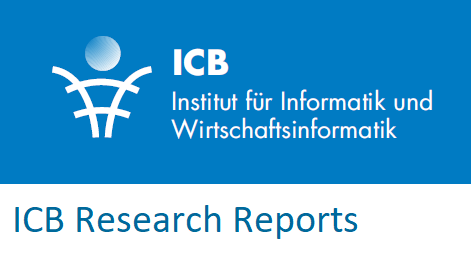Model-based engineering of an automotive Adaptive Exterior Lighting System : realistic example specifications of behavioral requirements and functional design
Model-based engineering is a well-established approach to cope with the complexity of today’s embedded systems. Furthermore, model-based engineering can address industry needs for highly automated development solutions to foster correctness of safety-critical systems. In contrast, there is a vital lack of accessible specification documents for researchers for evaluation purposes. Evaluation of proposed engineering methods often relies on academic examples, automatically created unrealistic artificial models, or simple industrial specification excerpts. This research report aims at supporting researchers with model-based specifications of a real-world system on a competitive level of complexity. Therefore, a model-based specification of an Adaptive Exterior Lighting System (ELS) is presented that is part of an Automotive System Cluster (ASC). An ELS provides fundamental and additional functionalities for the well-known turn signal and low / high beam headlights. The specification documents the behavioral requirements and the functional design of the ELS, which are important artifacts in function-centered engineering. As modeling languages ITU Message Sequence Charts, Function Network, and Function Behavior Diagrams are used.

